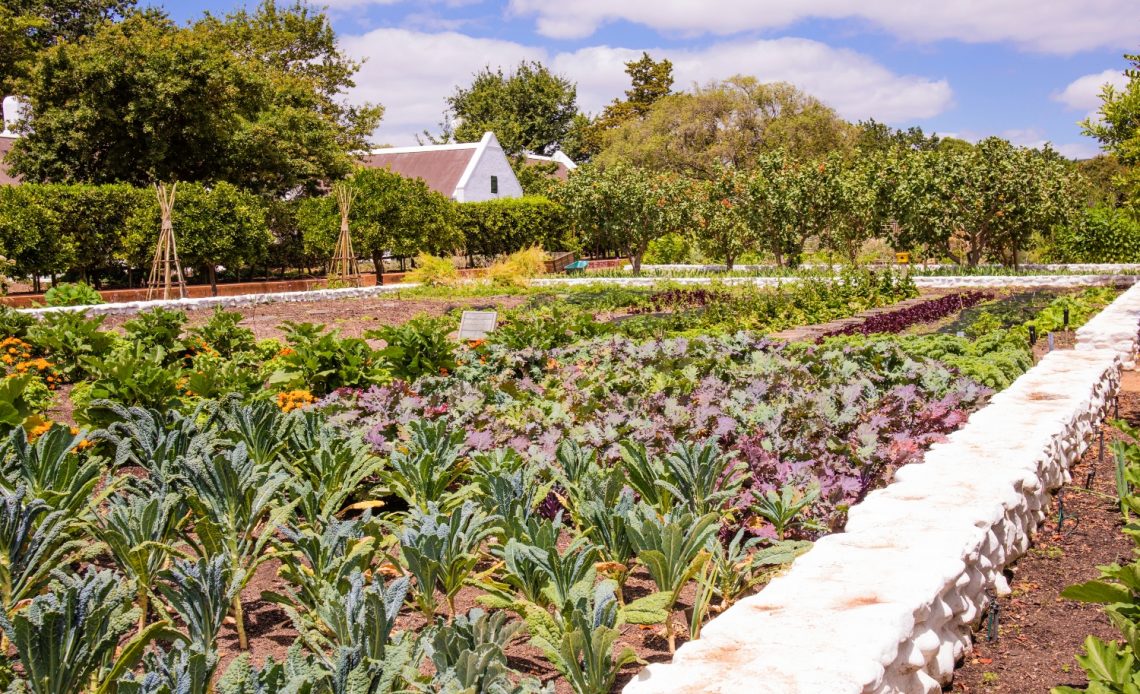

We’re here to help! Wild Yards is a completely free website that is 100% dedicated to helping you create a wildlife-friendly, sustainable yard. Read more
WildYards is reader-supported. When you buy a product through a link on our site, we may earn a comission. Every product is independently selected by our (obsessive) editors and our reviews are unbiased and objective. Read more about our mission or our privacy policy.
Growing a garden is a major commitment. All that digging, sowing, weeding, and harvesting is a lot of work! But choosing a layout for your garden can be a chore in and of itself. If you’re in the beginning stages of mapping out your crops, you know how difficult it can be to arrange everything. Determining how much space you have to work with is crucial for choosing the best vegetable garden plans.
If you have plenty of room to grow, plant your crops in traditional rows, or try a circular garden to add visual interest to your backyard. In smaller spaces, make use of gutters and old pallets for vertical gardens. Meanwhile, hay bales are ideal for temporary vegetable gardens.
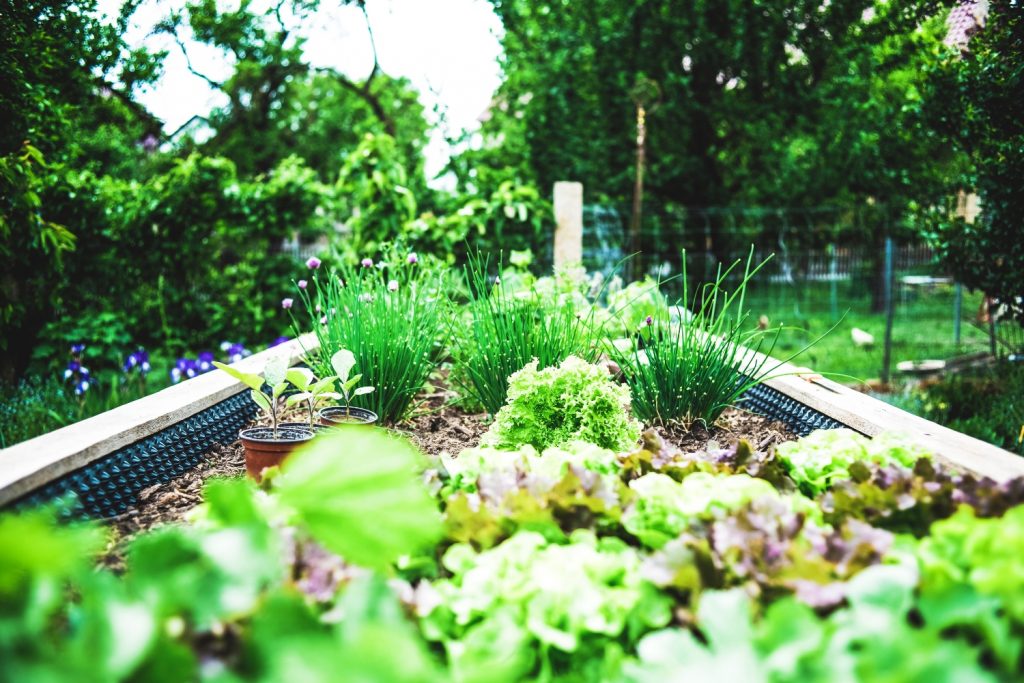
Choosing the right vegetable garden plan for you
The first and most important thing to keep in mind when choosing a vegetable garden plan is how much space you have to work with. Obviously, you can’t create a hugelkultur mound if you only have a small apartment balcony. So before choosing a vegetable garden plan, figure out how much room you have.
The second thing to consider is soil quality. If your native soil is compacted, clay-rich, and nutrient-poor, consider growing in raised beds filled with topsoil. Most vegetables grow best in loamy, well-draining soils that are comprised of 30% to 40% organic materials. The soil should have a pH of 6.5 to 7.0, and even though it should naturally retain some moisture, it should still drain well.
Also, keep in mind how much sunlight your garden will receive. Some plants, like peppers, love lots of sunlight. Others, like asparagus, need some shade to stay cool. Knowing how much light your garden will get allows you to choose the best plants for the space.
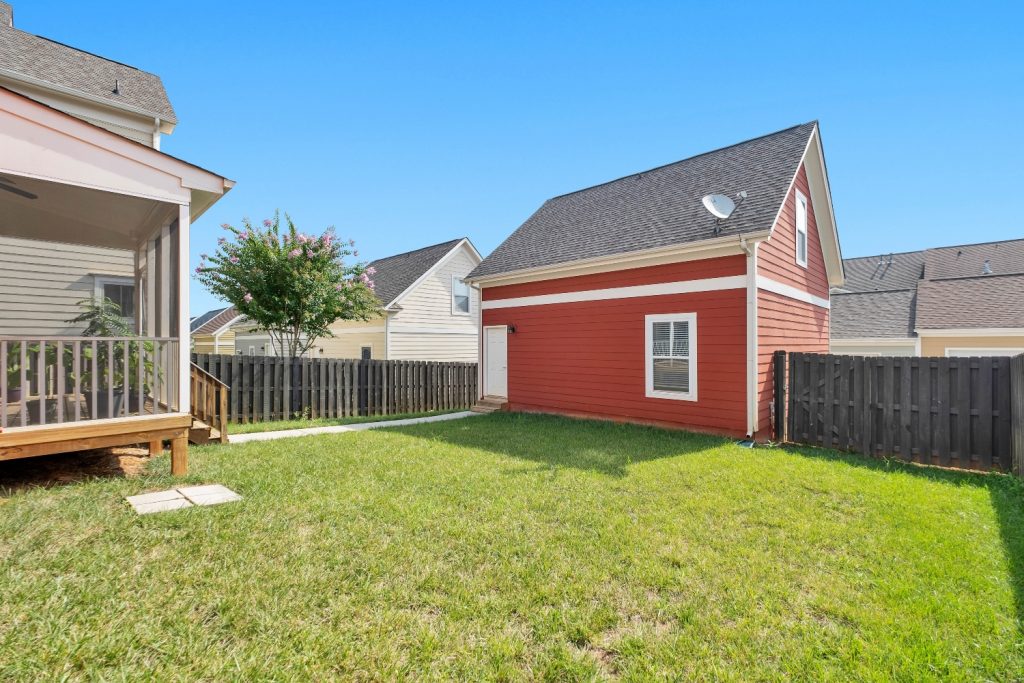
8 Vegetable garden plans to maximize space in your garden
Not sure where to start when it comes to planning your vegetable garden? We’re here to help! Use these 8 vegetable garden plans to maximize the space in your garden so you get more to harvest per square foot.
Traditional row vegetable garden plan
If you’ve got an acre or more to plant on, then consider sticking with traditional rows. Row gardening makes companion planting easy — alternate rows of lettuce, chives, and garlic, or intercrop tomatoes and basil plants within the same row to improve crop yield. Row vegetable garden plans are easy to map out, and they make crop rotation simple, too.
With row vegetable gardens, spacing is key. Create pathways in between the crops so you can access them easily. Keep two rows of crops sandwiched in between the paths so you can reach all sides of the vegetable plants. Be sure to space the plants themselves far enough apart to maximize airflow.
Of course, row gardens aren’t just for in-ground vegetable plots. You can use row gardening even if you have raised beds. Situate low-growing plants, like radishes and arugula, toward the front of the bed, and follow it up with bigger plants, like squash and zucchini. If you have the space, add a trellis to the back of the raised bed for vining plants like beans and cucumbers.
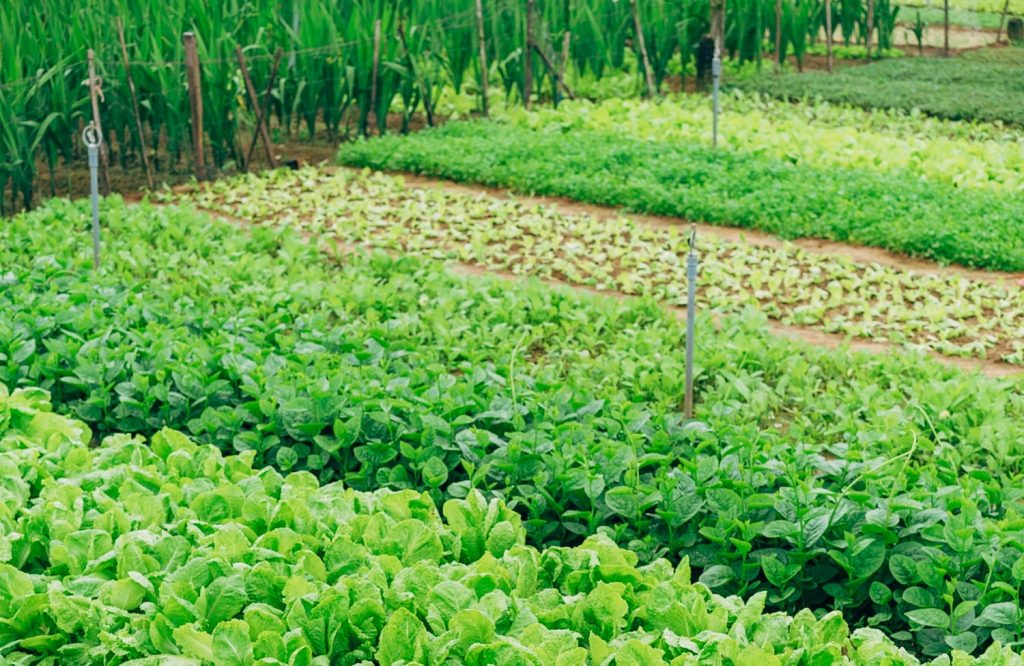
Gutter vegetable garden plan
If your yard is so narrow that you can barely wheel a pushmower through it, then you’ll have to utilize vertical space. Hanging pieces of metal gutter along your privacy fence, or even the side of your house is a great way to make room for your crops.
Gutter gardens are inexpensive and versatile. Simply hang them up, fill them with topsoil, and you’re ready to plant. They’re ideal for leafy greens and herbs, including lettuce, dill, and fennel. Just be sure to drill holes in the bottom of your gutter garden, so water can drain.
Circular vegetable garden plan
True to its name, circular gardens feature circular rows with pathways in between rows and a single pathway through the center of the whole circle, to make tending the garden easy. These gardens work best in medium to large backyards, but if all you’re growing is little leafy greens, you could make a circular garden work in a small backyard, too.
Keep low-growing vegetables in the central rings of the circle. Onions, celery, garlic, radishes, and herbs work well. Follow these up with rows of bushy plants, such as cabbage, cauliflower, broccoli, or even watermelons. The next row should be planted with taller plants, to provide a little shade. Tomatoes, peppers, and eggplants are ideal, and you can finish up by planting another row of low-growing plants in the outermost row.
Flower bed vegetable garden plan
If you haven’t got the time to build a whole new garden, why not plant a few vegetables in your preexisting flower beds? Fill the gaps in your landscape with your favorite veggies, just be sure to choose plants that will fit the flower bed’s sunlight and soil conditions.
For sunny locations and sandy soils, try growing pepper plants. Many peppers are grown as ornamentals for their flashy array of colors, so they’ll fit right in with your landscaping. And for shady locations with damp soil, choose carrots, sweet potatoes, or bok choy.
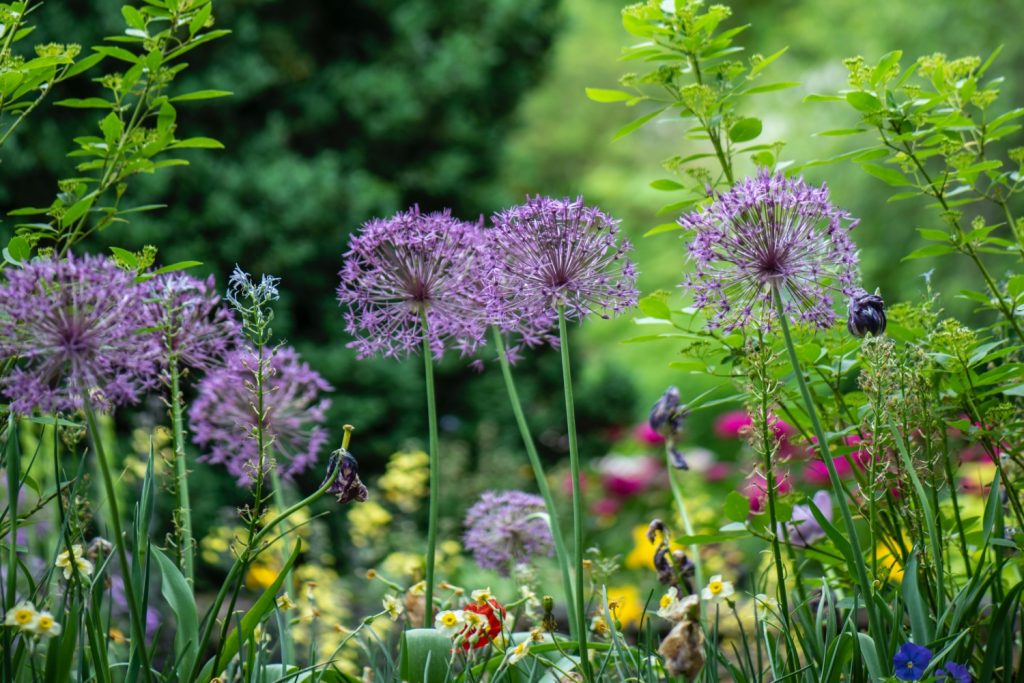
Upcycled pallet vegetable garden plan
Another great option for gardens with limited space is to use an old wooden pallet. Nail boards to the back of a pallet to create boxes, then fill them up with soil and start planting. Pallet gardens are inexpensive, and they allow you to utilize vertical growing space.
Pallet gardens are perfect for herbs and leafy green veggies with shallow root systems. If you love cooking with fresh, crisp greens, then this garden is for you. Include lettuce, kale, baby spinach, cilantro, garlic, and green onions in your pallet vegetable garden plan.
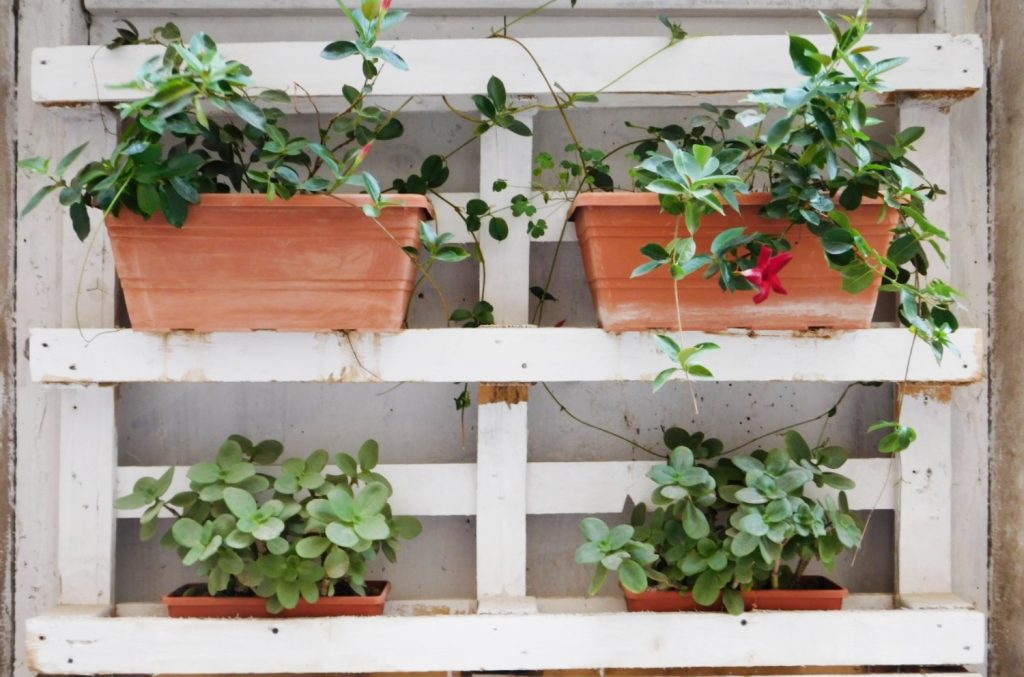
Hugelkultur vegetable garden plan
Hugelkultur vegetable garden plans are growing in popularity. While it takes some elbow grease to set up a hugelkultur bed, they provide the vegetables in your garden with ample nutrition for years as the base wood layer breaks down. Hugelkultur beds are perfect for large spaces, but they can also be made in raised garden beds.
Grow melons and gourds at the base of your hugelkultur bed. Pumpkins, cantaloupes, and watermelons are heavy and they’ll benefit from the extra space. Cruciferous vegetables including broccoli and cauliflower, as well as other bushy plants like cucumbers, squash, and zucchini, will grow well on the hill itself. If you have the room, you can also plant tomatoes, peppers, and eggplants. At the very top of the hill, choose smaller plants, like the sun-loving herbs rosemary and French lavender.
Hay bale vegetable garden plan
Maybe you haven’t decided where you want to put your permanent garden yet, but you’d still like to enjoy some fresh produce this growing season. If you need a temporary garden, use hay bales to plant in. They’re lightweight and easy to move around, even after you plant in them. Once the season is over, you can burn the bales or add them to your compost heap.
Hay bales are perfect if you only need to feed one or two people. Simply hollow out the bale a bit and fill the cavity with potting soil. As the hay breaks down, it provides the plants with extra nutrients. Use your hay bales to grow mustard greens, tomatoes, strawberries, peppers, and melons.
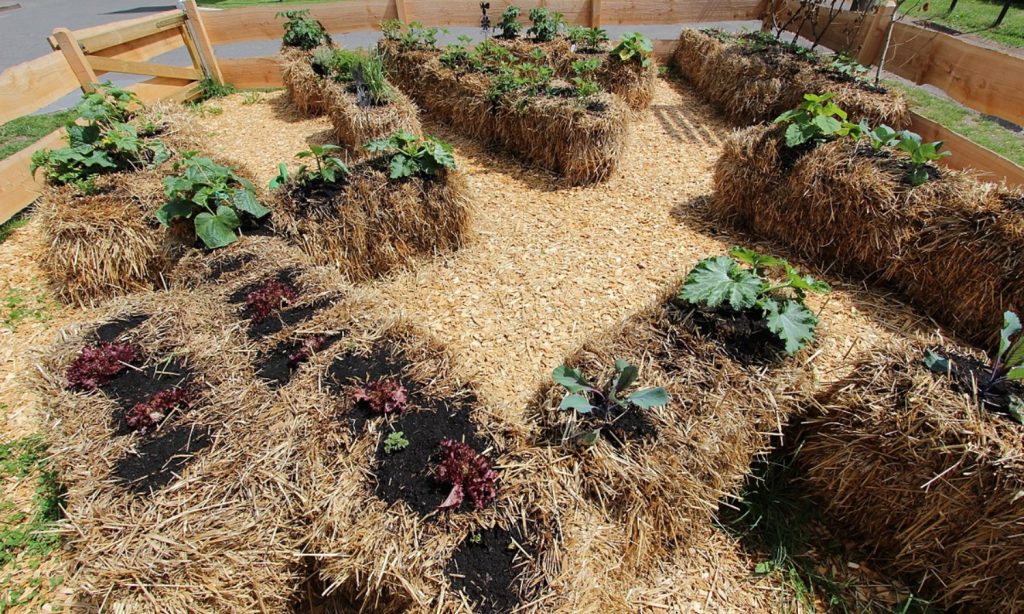
Keyhole vegetable garden plan
A keyhole vegetable garden is shaped (surprise, surprise) like a keyhole — a circle with a wedge-shaped opening. You can make a keyhole garden by planting right in the ground, or you can use landscape timbers or stones to create a raised keyhole garden bed. Keyhole vegetable garden plans are a fantastic choice for small spaces. If you have a tiny backyard, but you still want it to be pretty and functional, the keyhole garden will work for you.
There are no limits to a keyhole garden. You can plant tall veggies, like tomatoes and beans, or you can fill them with fast-growing plants like beets, okra, and turnips. Keyhole gardens are perfect for new gardeners who are just testing the waters. And because they’re such a manageable size, they can help you improve your understanding of companion planting — an indispensable skill for a gardener as it aids in pest control.
Tips for making successful vegetable garden plans
Setting up a new garden can be a challenge, so here are a few tips to help you succeed, no matter which vegetable garden plans you choose!
- Avoid overcrowding. Cramming your garden full of vegetables will make the plants compete for nutrients, resulting in stunted growth and a scanty harvest.
- Intercrop with pollinator favorites. It may seem like a waste of space to add marigolds and nasturtiums to your garden, but these flowers attract valuable pollinators to your crops.
- Amend the soil as necessary. Vegetables require extra nutrition once they flower and begin making fruit. Use homemade compost or manure to amend the soil, so your plants have plenty of minerals.
Gardening may or may not be an art, but either way, creativity is one tool you can’t go without. With a little ingenuity, you can turn whatever space is available into a vegetable garden plan that works for you.
